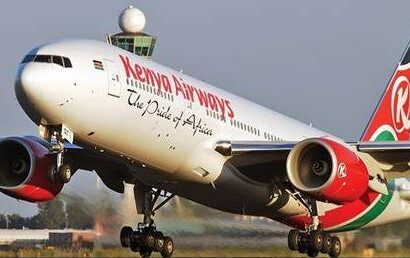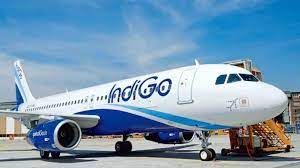The International Air Transport Association (IATA) has said that African airlines’ July traffic rose 6.8 per cent, thereby emerging as the second highest among the global regions.
However, IATA said this represented a decline from 11 per cent growth recorded in June, the seasonally-adjusted trend remains strong.
According to IATA, capacity rose 3.9 per cent, and load factor jumped 2.1 percentage points to 76 per cent within the period.
But, the global association attributed the rise in traffic to higher oil and commodity prices, which supports most economies on the continent.
Apart from Africa, which recorded success in July, IATA also said that global passenger demand within the period recorded growth.
Total revenue passenger kilometers (RPKs) rose 6.2 per cent, compared to the same month last year, while this was down from 8.1 per cent year-over-year growth in June. It nevertheless marked a solid start to the peak passenger demand season.
Monthly capacity increased by 5.5 per cent and load factor rose 0.6 percentage point to a record high for July of 85.2 per cent, according to IATA.
“The industry posted another month of solid traffic growth. And the record load factor shows that airlines are becoming even more efficient in terms of deploying capacity to meet demand. However, rising costs — particularly fuel — will likely limit the stimulus we would expect from lower airfares. Therefore, we do expect to see a continued slowing of growth compared to 2017,” said Alexandre de Juniac, IATA’s Director General.
July international passenger demand rose 5.3 per cent compared to July 2017, which was a deceleration compared to the 8.2 per cent growth recorded in June.
Total capacity climbed 4.7 per cent, and load factor edged up half a percentage point to 85 per cent. All regions reported growth, led by Asia-Pacific for the first time in three months.
Asia-Pacific airlines’ July traffic rose 7.5 per cent over the year-ago period, a slowdown compared to June growth of 9.6 per cent.
Capacity increased 6 per cent and load factor rose 1.1 percentage points to 82.1 per cent. Growth is being supported by a combination of robust regional economic growth and an increase in route options for travelers.
European carriers posted a 4.4 per cent rise in traffic for July compared to a year ago, down from 7.1 per cent annual growth in June.
On a seasonally-adjusted basis, passenger volumes have been tracking sideways for the past three months, reflecting mixed developments on the economic front and possible traffic impacts related to air traffic control strikes across the region.
Capacity rose 3.9 per cent, and load factor climbed 0.5 percentage point to 89.1 per cent, highest among the regions.
Middle East carriers had a 4.8 per cent increase in demand for July, well down on the 11.2 per cent growth recorded for June, although this mainly is attributable to volatility in the data a year ago, rather than any major new developments.
The region has been negatively impacted by a number of policy measures over the past 18 months, including the ban on portable electronic devices and travel restrictions. July capacity climbed 6.5 per cent compared to a year ago and load factor dropped 1.3 percentage points to 80.3 per cent.
North American airlines’ traffic climbed 4.1 per cent compared to July a year ago. This was down from 6 per cent growth in June, but still ahead of the five-year average pace for carriers in the region as strong momentum in the US economy is helping underpin a pick-up in international demand for airlines there. July capacity rose 2.8 per cent with the result that load factor climbed 1.1 percentage points to 87.2 per cent, second highest among the regions.
Latin American airlines experienced a 3.8 per cent rise in traffic in July, the slowest growth among the regions and a decline from 5.6 per cent year-over-year growth in June.
Capacity rose 4.6 per cent and load factor slid 0.6 percentage point to 84.2 per cent. Signs of softening demand have come alongside disruption from the general strikes in Brazil.






